First open csv to get first column.
import pandas as pd
df = pd.read_csv("filename.csv")
I will use io only to simulate data from file
text = """first
1
2
3
4
5
6
7
8
9
10"""
import pandas as pd
import io
df = pd.read_csv(io.StringIO(text))
Result
first
0 1
1 2
2 3
3 4
4 5
5 6
6 7
7 8
8 9
9 10
Next you can use shift to create other columns
df['second'] = df['first'].shift(-1)
df['third'] = df['first'].shift(-2)
Result
first second third
0 1 2.0 3.0
1 2 3.0 4.0
2 3 4.0 5.0
3 4 5.0 6.0
4 5 6.0 7.0
5 6 7.0 8.0
6 7 8.0 9.0
7 8 9.0 10.0
8 9 10.0 NaN
9 10 NaN NaN
At the end you can remove two last rows with NaN and convert all to integer
df = df[:-2].astype(int)
or if you don't have NaN in other places
df = df.dropna().astype(int)
Result:
first second third
0 1 2 3
1 2 3 4
2 3 4 5
3 4 5 6
4 5 6 7
5 6 7 8
6 7 8 9
7 8 9 10
Minimal working code
text = """first
1
2
3
4
5
6
7
8
9
10"""
import pandas as pd
import io
df = pd.read_csv(io.StringIO(text))
#df = pd.DataFrame(range(1,11), columns=['first'])
print(df)
df['second'] = df['first'].shift(-1) #, fill_value=0)
df['third'] = df['first'].shift(-2)
print(df)
#df = df.dropna().astype(int)
df = df[:-2].astype(int)
print(df)
EDIT:
The same using for-loop to create any number of columns
text = """col 1
1
2
3
4
5
6
7
8
9
10"""
import pandas as pd
import io
df = pd.read_csv(io.StringIO(text))
#df = pd.DataFrame(range(1,11), columns=['col 1'])
print(df)
number = 5
for x in range(1, number+1):
df[f'col {x+1}'] = df['col 1'].shift(-x)
print(df)
#df = df.dropna().astype(int)
df = df[:-number].astype(int)
print(df)
Result
col 1
0 1
1 2
2 3
3 4
4 5
5 6
6 7
7 8
8 9
9 10
col 1 col 2 col 3 col 4 col 5 col 6
0 1 2.0 3.0 4.0 5.0 6.0
1 2 3.0 4.0 5.0 6.0 7.0
2 3 4.0 5.0 6.0 7.0 8.0
3 4 5.0 6.0 7.0 8.0 9.0
4 5 6.0 7.0 8.0 9.0 10.0
5 6 7.0 8.0 9.0 10.0 NaN
6 7 8.0 9.0 10.0 NaN NaN
7 8 9.0 10.0 NaN NaN NaN
8 9 10.0 NaN NaN NaN NaN
9 10 NaN NaN NaN NaN NaN
col 1 col 2 col 3 col 4 col 5 col 6
0 1 2 3 4 5 6
1 2 3 4 5 6 7
2 3 4 5 6 7 8
3 4 5 6 7 8 9
4 5 6 7 8 9 10
